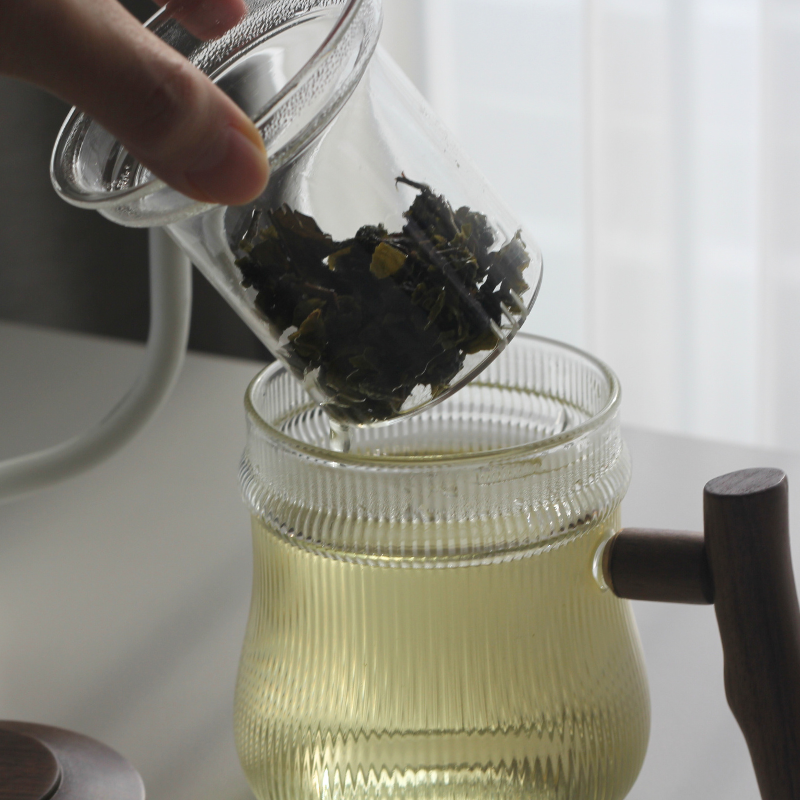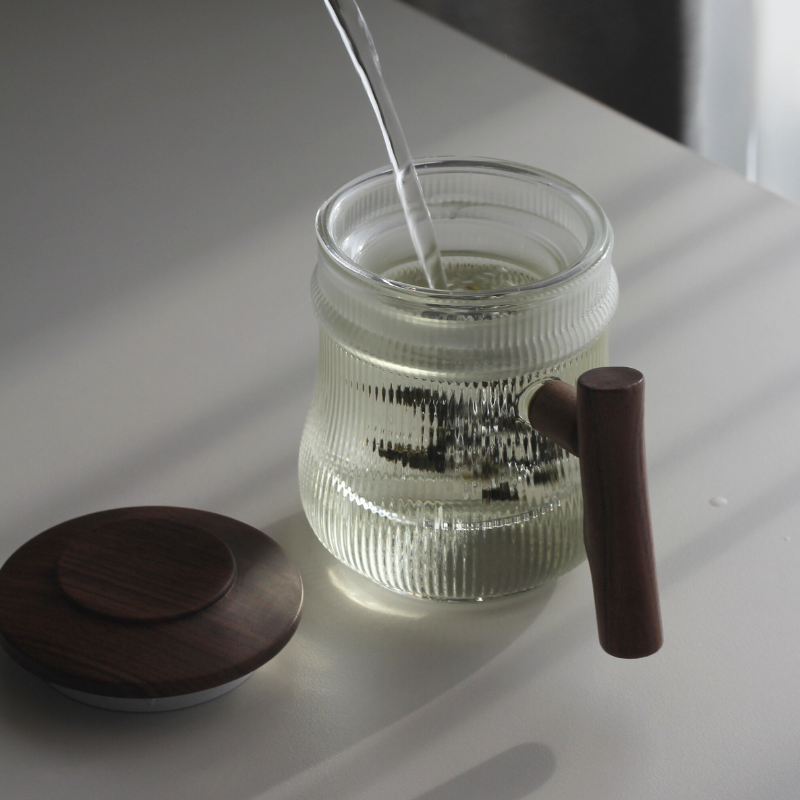TEA JOURNEY [12] | Grading Tea
Familiar with French Bordeaux's AOC label, Italian Chardonnay's DOCG, or Japanese A5 Wagyu? The common denominator of these grading systems is that they provide a reliable expectation for consumers (and the appropriate price points of the products).
Black tea producing countries with British influence, such as India and Sri Lanka, often indicate a series of characters on the packaging to represent the grade of the tea. These characters represent the grade of the black tea.
Why do we use grades?
Unlike green tea and oolong tea, which are generally in the state of whole leaves, known as "Whole Leaf," many black teas go through a different process of production and requires more transformation of the leaves.
Green tea and oolong teas' grades are not clearly indicated. Some Chinese black tea products also do not indicate the grade, and in such cases, the name serves as an indicator of the tea's quality.
In the case of other black teas, the grade is important, and the grade indicates the following two things:
Leaf Type - Were the tea leaves plucked delicately?
Leaf Condition - Whole, Broken, or Crushed
Grade-related characters
The word "Orange" in the grade has no relation to citrus fruits. It originates from the Dutch royal family "House of Orange-Nassau" and signifies "royal."
"Pekoe," derived from the Chinese term "Bai Hao" meaning "fine hair," does not refer to thin hairs or the fuzz on grown leaves per se. Rather, pekoe refers to the unopened buds covered in white fuzz.
Whole Leaf Tea
FOP: Flowery Orange Pekoe
It signifies delicately plucked the top bud and the two leaves below it. This grade of tea includes a significant amount of oxidized golden tips (golden buds).
OP: Orange Pekoe
It denotes well-dried young leaves. They are plucked slightly later than FOP. The top bud has already grown into a leaf in this grade.
P: Pekoe
After less delicate plucking, the leaves are processed. They are longer than OP but do not include the top bud.
S: Souchong
These are broader leaves at the bottom, considerably grown, and contain a small amount of caffeine. They are often used for smoked tea and are elongated during processing.
Broken Leaves
The tea leaves are not intact, and the pieces are much smaller than OP. Tea brewed from broken leaves has a darker and stronger color.
Crushed Leaves
F: Fanning
It refers to tea leaves that are smaller and more finely fragmented than broken leaves. It has a very strong flavor and produces a very dark brew.
Dust
It signifies tea leaves that are finely crushed. This grade is used exclusively for tea bags.
CTC
Strictly speaking, CTC is not a grade but a processing method for tea leaves. CTC stands for Crushing - Tearing - Curling, and tea leaves processed using this method are mostly used for tea bags.
[Reference] "Tea is not difficult", GREENCOOK, pp 88 - 89
Korea's tea grading
Most of Korea's renowned tea gardens are known for their high-quality tea leaves, which are often classified as Orange Pekoe and Pekoe grades. Tea Juklim also primarily uses Pekoe-grade tea leaves.
Orange Pekoe is commonly used to produce Korean green tea, such as Ujeon (Before Grain Rain) and Sejak/Jakseol (Sparrow's Tongue).

Young leaves have to be delicately plucked by hand. Since the leaves are tender, even skilled workers can only pluck a limited amount in a day. Consequently, the production quantity is very limited.
When compared to Darjeeling in India or tea gardens in Taiwan, the tea leaf quality of Korean tea gardens is considered to be excellent.
Once Korean tea gains recognition and awareness overseas, we believe that more people will come to Korea and enjoy Korean tea.
Tea Juklim uses top-grade tea leaves for both traditional Korean green tea and fragrant black tea. The quality of the tea leaves can be seen not when they are dried but when the tea leaves are brewed.
The tea leaves are small and still retain their vibrant shape.







![TEA JOURNEY [13] | Tea Tasting Terminology](http://tingeofsoul.com/cdn/shop/articles/IMG_3072.jpg?v=1686898175&width=1080)
Leave a comment